Shock Discovery: Every Shrimp Sampled in England’s Waterways Tests Positive for Cocaine—What’s Happening Beneath the Surface?
“The presence of pesticides which have long been banned in the U.K. also poses a particular challenge as the sources of these remain unclear,” Dr. Baron explained.
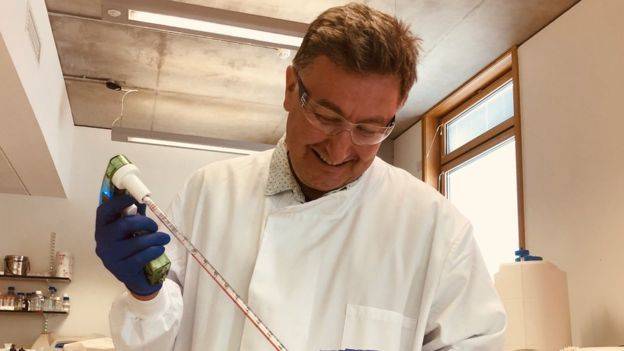
University of SuffolkProfessor Nic Bury of the University of Suffolk.
University of Suffolk professor Nic Bury is currently pondering just how grave of an issue this really is. The motivation to expand on this research and why the public’s attention has grown so focused on issues like these, however, are quite clear to him.
“Whether the presence of cocaine in aquatic animals is an issue for Suffolk, or more widespread an occurrence in the U.K. and abroad, awaits further research,” University of Suffolk Professor Nic Bury said.
“Environmental health has attracted much attention from the public due to challenges associated with climate change and microplastic pollution. However, the impact of ‘invisible’ chemical pollution (such as drugs) on wildlife health needs more focus in the U.K. as policy can often be informed by studies such as these.”
In terms of public policy, it’ll take some time to see how many, if any, legislated adjustments will be enacted to combat this environmental issue. As it stands, more in-depth analysis is needed to assess just how dangerous these trace amounts actually are and what can feasibly be done about them.
Next, have a look at these not so subtle vintage cocaine ad from the 1970s. Then, learn about how cocaine was involved in John Pemberton’s invention of Coca-Cola.
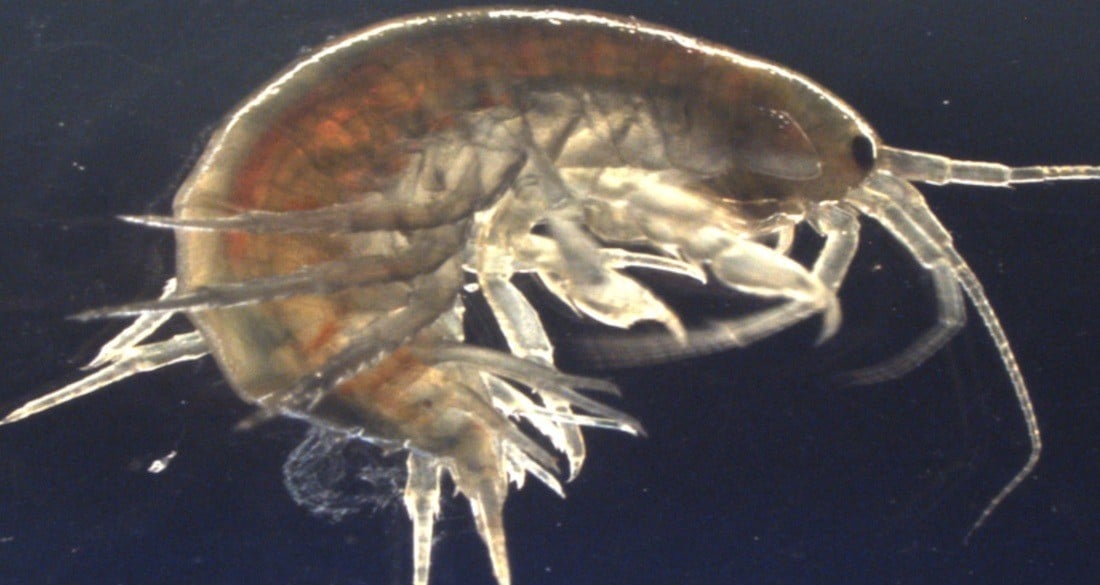

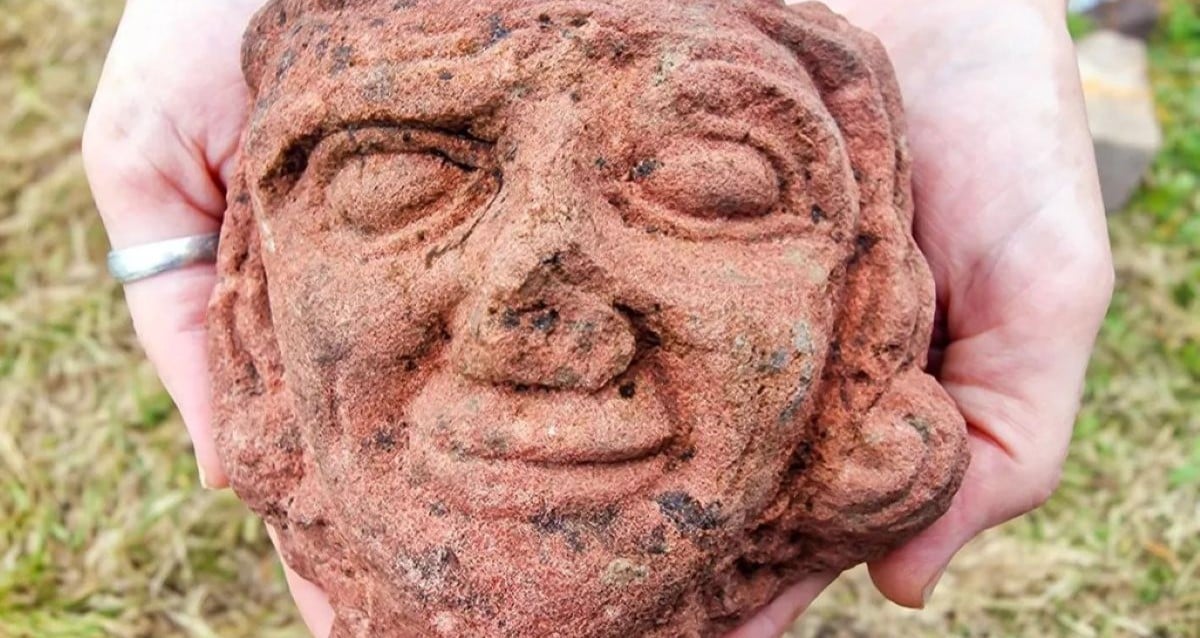







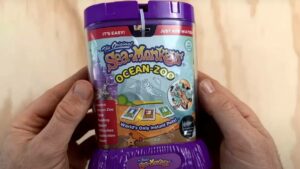


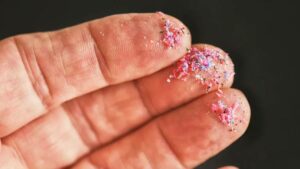
Post Comment